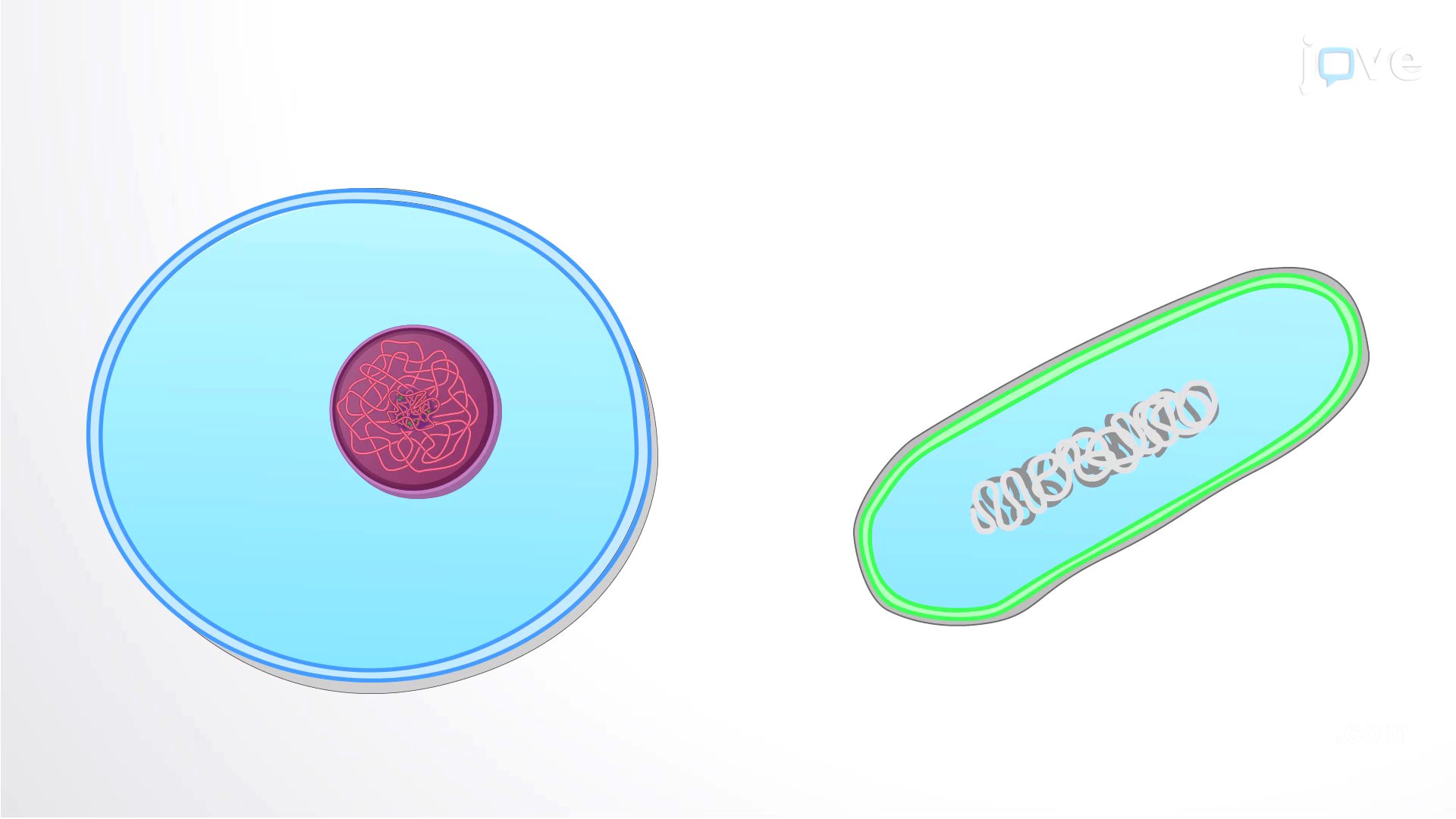TLDR;
This video explores the B-2 Spirit stealth bomber, detailing its Cold War origins, design, capabilities, and high cost. It explains how the B-2 achieves stealth through its flying wing design, radar-absorbent materials, and advanced engineering. The video also touches on the B-2's performance, payload, and the upcoming B-21 Raider as its successor.
- Origins in the Cold War as a response to advanced Soviet air defenses.
- Unique stealth capabilities achieved through design and materials.
- High cost due to cutting-edge technology, exclusivity, and maintenance.
- The B-21 Raider is being developed as a more affordable and advanced successor.
The Cold War [0:52]
In 1975, the Cold War between the United States and the Soviet Union was intensifying, with nuclear deterrence as a key strategy. The US relied on B-52 bombers carrying significant firepower. However, the Soviets developed advanced air defense systems that threatened the B-52 fleet, making it too risky to penetrate Soviet airspace. This situation necessitated a new approach to maintain the balance of power and ensure the US could retaliate if attacked.
The ATB Program [2:09]
To address the vulnerability of the B-52 fleet, the Advanced Technology Bomber (ATB) program was initiated with the goal of creating a bomber capable of evading Soviet defenses. The concept of a flying wing, initially developed by Jack Northrup in the 1940s, was revived. Despite Northrup's YB-49 flying wing being destroyed due to stability issues, the ATB program sought to leverage advancements in technology to realize this design's potential for stealth. In 1978, Northrup Corporation won the contract to develop this new stealth bomber.
The B-2's Design & Engineering [4:42]
The B-2's design is based on Jack Northrup's flying wing concept, optimized for stealth and aerodynamic efficiency. Its shape minimizes radar cross-section, making it difficult to detect. The B-2's surface is coated with radar-absorbent materials (RAM) to further reduce its radar signature. The aircraft's skin consists of large, smooth panels to avoid reflecting radar waves. A fly-by-wire system ensures stability, enabling maneuvers that would be impossible for a conventional aircraft of its size. The B-2 is powered by four General Electric turbofan engines, with intakes and exhaust designed to minimize radar and infrared signatures. The airframe is constructed from carbon-graphite composite materials, which are lightweight, strong, and radar-transparent. The aircraft is assembled with extreme precision to avoid any radar reflection.
Capabilities & Performance [9:32]
The B-2 Spirit can carry up to 20 tons of bombs, including conventional and nuclear weapons. It can carry 80 500lb GPS-guided bombs for precision strikes on multiple targets or specialized weapons like the 15-ton GBU-57 Massive Ordnance Penetrator. The B-2 has a range of over 11,000 km on a single tank of gas and can reach any location on Earth with aerial refueling. It cruises at 901 kmph at high altitudes and can reach altitudes of 50,000 feet. The B-2 is operated by a crew of two, a pilot and a mission commander, who manage advanced avionics and mission planning systems. It can navigate using the stars if GPS is unavailable and operate in all weather conditions.
The Cost & Future of the B-2 [11:50]
Each B-2 costs approximately $2 billion, making it one of the most expensive aircraft ever built. This high cost is due to cutting-edge technology, limited production (only 21 were built), expensive maintenance (particularly the radar-absorbent skin), and constant upgrades. Despite the cost, supporters argue that the B-2's unique capabilities justify the investment. The Air Force is developing the B-21 Raider as a successor, aiming for a more affordable, maintainable, and advanced stealth bomber. The B-21 Raider is intended to be a sixth-generation aircraft capable of multiple roles, including strategic bombing and intelligence collection.









